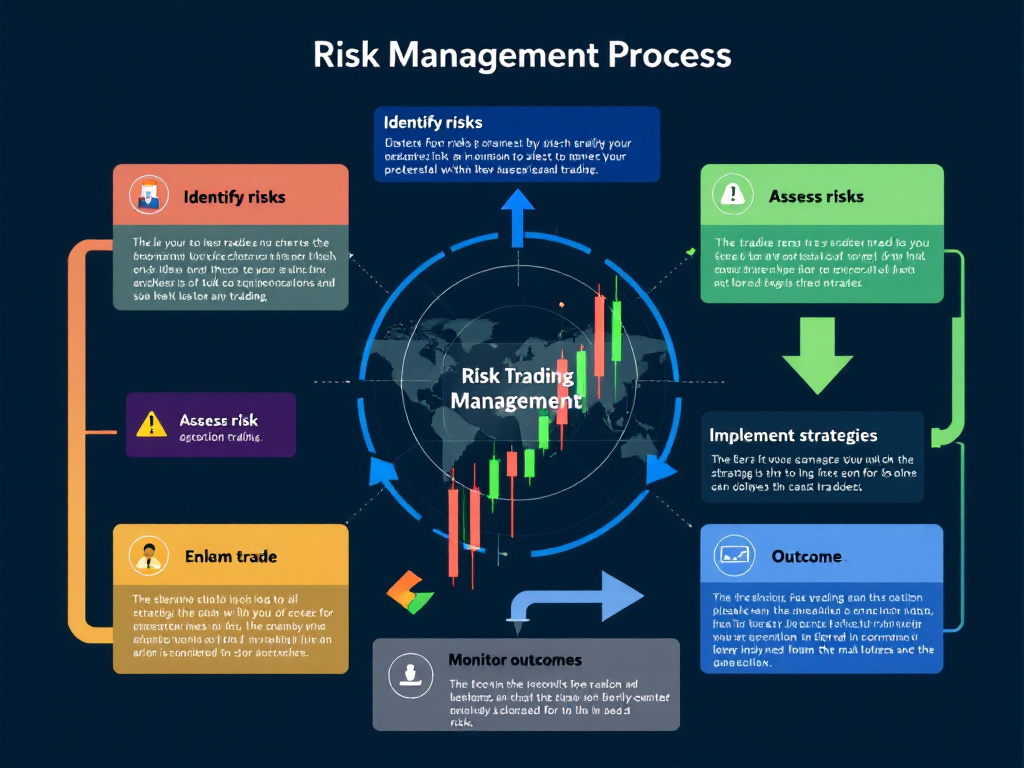Proven Prop Trading Liquidity Strategies for Success
In today’s highly competitive prop trading environment, liquidity management has become a critical factor in driving profitability and mitigating risk. This article dives deep into the actionable strategies that not only optimize prop trading liquidity but also integrate advanced backtesting tools essential for modern trading operations. Whether you are a junior trader, risk manager, or senior quant, the insights provided here are tailored to empower your decision-making process.

Understanding Prop Trading Liquidity Fundamentals
Prop trading liquidity is more than just the volume of assets traded. It critically influences execution quality, spreads, and risk management. Prop firms rely on liquidity providers for faster executions and minimized slippage, ensuring that their trading capital is optimally utilized. Improved liquidity leads to enhanced trade execution, decreases in transaction costs, and more resilient trading strategies.
Key Benefits of High Liquidity in Prop Trading
- Faster Execution: High liquidity enables quicker trade fills, helping avoid adverse price movements.
- Reduced Slippage: Better order matching diminishes execution price errors, increasing profitability.
- Improved Risk Management: Access to deep liquidity minimizes market impact during large trades.
- Enhanced Capital Efficiency: Improves utilization of trading funds, driving a better overall performance.
Advanced Backtesting: Tools and Techniques for Prop Firms
For prop trading strategies to succeed, they must be thoroughly vetted using robust backtesting frameworks. This ensures strategies are resilient under various market conditions, minimizing pitfalls such as overfitting and survivorship bias.
Essential Backtesting Pitfalls and How to Overcome Them
Key challenges include:
- Overfitting: Ensuring that strategies perform well on both in-sample and out-of-sample data.
- Survivorship Bias: Incorporating past market data without ignoring firms that failed.
- Look-Ahead Bias: Avoiding data snooping by validating with truly unseen datasets.
One proven method is walk-forward optimization, which tests strategies on rolling windows of data and constantly adjusts parameters. This method offers a more realistic projection of future performance than traditional backtesting.
Tool Comparisons: Backtesting Platforms in Prop Trading
A detailed comparison of popular platforms helps choose the optimal tool for prop trading needs. Consider the following:
| Tool | Backtesting Features | Data Quality | Integration | Pricing | Use Case |
|---|---|---|---|---|---|
| TradingView | Chart-based analysis with Pine Script; vectorized testing | High depth in equities and forex | Broker API integration | Free basic, premium tiers available | Ideal for initial strategy development |
| MetaTrader 5 | MQL5 scripting with automated testing features | Extensive forex and CFD historical data | Direct broker integration | Generally free with broker account | Best for retail to prop firm transition |
| NinjaTrader | Event-driven backtesting and simulation | Robust futures and forex data | Third-party plugin ecosystem | Free simulation, license required for live | Scalable for both individual and team use |
| QuantConnect | Lean Algorithm Framework for algorithmic strategies | Multiple asset classes with detailed history | API access and brokerage integration | Free tier available, paid plans for advanced use | Perfect for quants and institutional teams |
These platforms automate the backtesting process through features like parameter optimization, scenario analysis, and automated report generation. Selecting the right tool depends on your specific prop trading requirements and the level of automation desired.
Integrating Backtesting with Forward Testing
Beyond historical backtesting, implementing a phase of forward testing is crucial before live deployment. Tools such as TradingView and QuantConnect allow paper trading modes where hypothesis validation occurs in real-time markets. This integration creates a seamless transition between theory and practice and is vital for risk management.
Implementing Automated Strategies with Code Samples
Here’s an example in Python using Backtrader to illustrate how automated backtesting can be pursued:
import backtrader as bt
class TestStrategy(bt.Strategy):
def __init__(self):
self.sma = bt.indicators.SimpleMovingAverage(self.data.close, period=15)
def next(self):
if self.data.close[0] > self.sma[0]:
self.buy()
elif self.data.close[0] < self.sma[0]:
self.sell()
cerebro = bt.Cerebro()
cerebro.addstrategy(TestStrategy)
# Data feed would be added here
cerebro.run()
cerebro.plot()
Case Studies & Real-World Applications
Several prop trading firms have reported significant improvements after refining their liquidity strategies and incorporating advanced backtesting. For instance, an anonymized mid-sized firm revamped its trading system using NinjaTrader’s event-driven model, reducing drawdown by 20% and improving Sharpe ratios by 0.5 points within six months.
Case Study: Optimizing Liquidity through Integrated Backtesting
Scenario: A proprietary firm faced challenges in aligning strategy parameters with unpredictable liquidity shifts during volatile markets.
Solution: By adopting a walk-forward optimization strategy on MetaTrader 5, alongside iterative parameter adjustments based on out-of-sample tests, the firm succeeded in fine-tuning its trading algorithms. The automated report generation and scenario stress testing facilitated decision-making.
Outcome: The firm recorded quantifiable improvements: a 15% reduction in average drawdown, a profit factor increase of 1.3, and fortified risk management protocols that enhanced team confidence.
Expert Guidance: Pro Tips for Risk Management and Strategy Optimization
As a seasoned professional, consider these expert tips to ensure your liquidity and backtesting strategies remain robust:
- Systematic Risk Management: Continuously monitor key risk metrics such as maximum drawdown and Sharpe ratio. Establish clear thresholds and dynamic stop-loss protocols.
- Data Quality Assurance: Invest in high-quality data feeds; review data for missing values, corporate actions, and errors. A reliable data source is the backbone of successful backtesting.
- Regular Walk-Forward Testing: Adopt short and long-term walk-forward frameworks to capture market regime changes.
- Automation Integration: Use API integrations for continuous feedback between your backtesting results and live trading environments, enhancing decision-making speed.
Strategies for Internal Alignment and Continuous Improvement
For prop trading outfits, it is critical to ensure that every team member, from junior traders to senior quants, understands the interplay between liquidity and backtested strategy performance. Regular strategy reviews, performance audits, and internal benchmarking against industry standards help maintain competitive advantage.
Leveraging Internal Resources
Consider these steps:
- Develop Internal Knowledge Bases: Create comprehensive guides on core backtesting techniques, including walk-forward optimization and out-of-sample testing.
- Implement Collaborative Tools: Use platforms like QuantConnect for shared algorithm development and version control. This not only ensures consistency but also accelerates innovation.
- Drive a Culture of Continuous Learning: Organize webinars, workshops, and discussion forums focused on emerging prop trading trends and regulatory changes (e.g., updates from the NFA or ESMA).
Conclusion and Next Steps
Every prop trading firm must prioritize liquidity management and robust backtesting to thrive in competitive markets. By integrating advanced tools such as TradingView, MetaTrader 5, NinjaTrader, and QuantConnect, traders can seamlessly automate, validate, and optimize their strategies. The case studies and expert insights provided here are designed to spur continuous innovation and risk-aware decision-making.
For further learning, explore our in-depth guide on advanced prop trading strategies and read our comprehensive risk management checklist. Stay informed, continuously optimize, and prioritize compliance to secure long-term success in the ever-evolving realm of prop trading.
As of October 2023, the insights provided reflect the latest trends and regulatory frameworks impacting prop trading and liquidity management.







